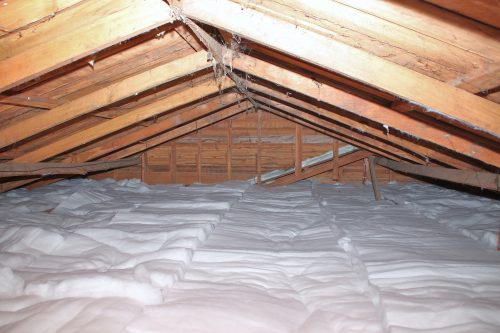The cold of winter is here and housing, energy and health are firmly at the top of the country’s agenda.
We are approaching a “fork in the road” with the passage of the Healthy Homes Guarantee Act (HHGA) into law and the major changes that will follow from July 2019. It’s a once-in-a-generation opportunity for New Zealand to boldly take the necessary steps that are needed to eliminate cold, damp, unhealthy rental homes.
There is overwhelming evidence gathered here and overseas on the effects of cold, damp housing. It’s been well-proven that sub-standard housing causes health issues, putting extra pressure in winter on an already over-stretched health system as well as adversely impacting financial, employment and education outcomes.
While the solutions to cold, damp homes are well known and relatively straightforward in most cases turning these into robust, legislated outcome and prescriptive standards is “unchartered territory” in New Zealand.
Community Energy Network (CEN) encourages the Government to continue to work closely with leaders in the healthy homes sector, such as ourselves, to develop a more comprehensive framework that reflects the core requirements of a healthy home.
CEN believes the best way to achieve this successfully is by making sure the standards and compliance requirements support the growth of an experienced, caring and reliable residential healthy homes sector.
We need clear prescribed outcomes, such as minimum indoor temp and lower humidity level. These then need to be linked to enforceable and appropriate performance standards for heating, insulation, ventilation, draught stopping, drainage and installation of effective curtains.
CEN believes the World Health Organisation’s (WHO) 18 degree recommendation be adopted. Meanwhile, performance standards and the need for quality assessments are also very important.
It’s CEN’s position that incorporating better performance standards alongside good quality assessments can provide the framework needed to create the framework for impact measurement. The holy grail is to be able to link home performance with social outcomes, such as improvements in health, education and attainment of community resilience.
To be able to achieve this, we need to be able to measure the health outcomes that come from warm homes – the outcomes that improve the health and resilience of our communities.
There are many reasons why CEN believes that such clear requirements are vital.
From a practical perspective, the home performance sector needs these standards to be aligned with the core requirements of a healthy home and to help provide a better understanding of the the practical outcomes that can be achieved.
In fact, without these kind of requirements, New Zealand runs the risk over the coming years of having rentals signed off as “healthy homes” that may in actual fact be far from it.
From a dollars-and-cents perspective, we need to be able to measure the powerful returns that come from investing in warm, dry, healthy homes.
And most importantly, from a people perspective, standards based on achieving health outcomes and supported by a good level of education (critical) give tenants the tools they need to live in a warm, healthy, dry home for their family.
Why We Need To Be Vocal About HHGA Requirements…
The reason it’s important that we debate the need for better performance standards and quality assessments right now is because these are the tools that will also allow us as a residential energy performance sector to tangibly and truly measure the return on investment – economically, socially and environmentally.
From a purely financial point of view, it’s a no brainer but when you combine financial and the community wellbeing outcomes that’s when it gets really interesting.
We need to keep bringing the focus back to people and what these changes to our homes will do for our communities because everyone in New Zealand deserves a warm, dry, healthy home.




